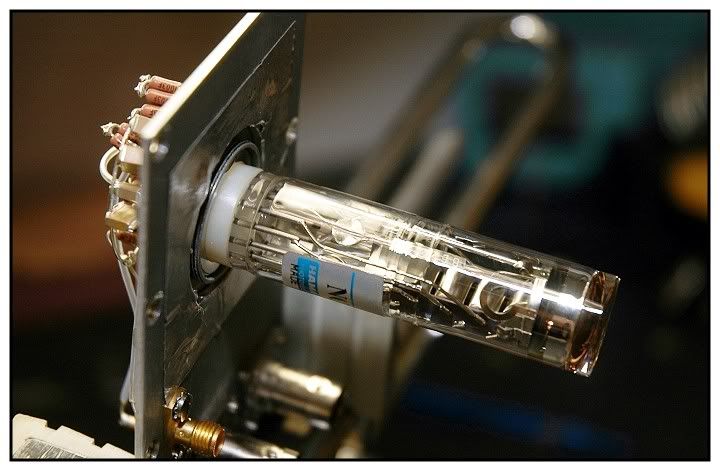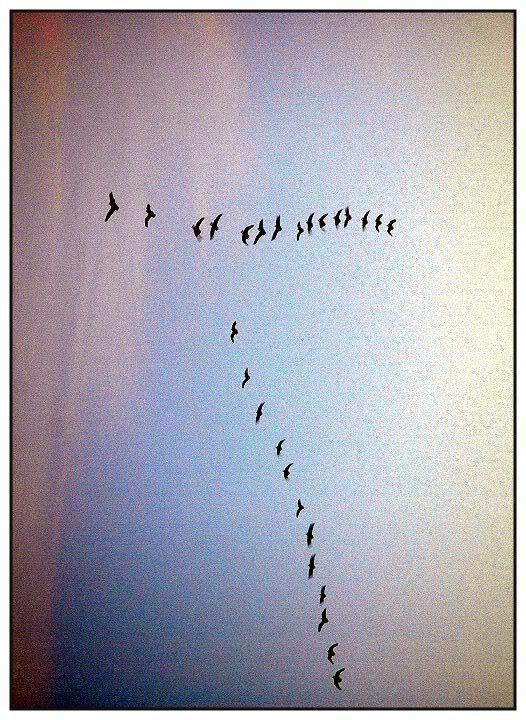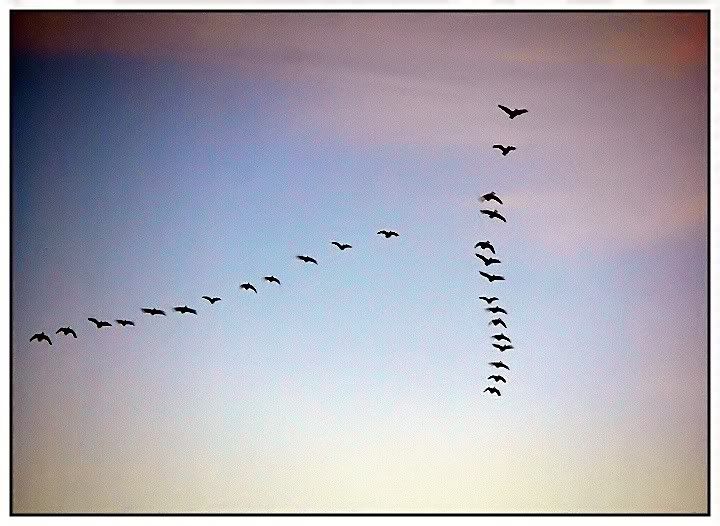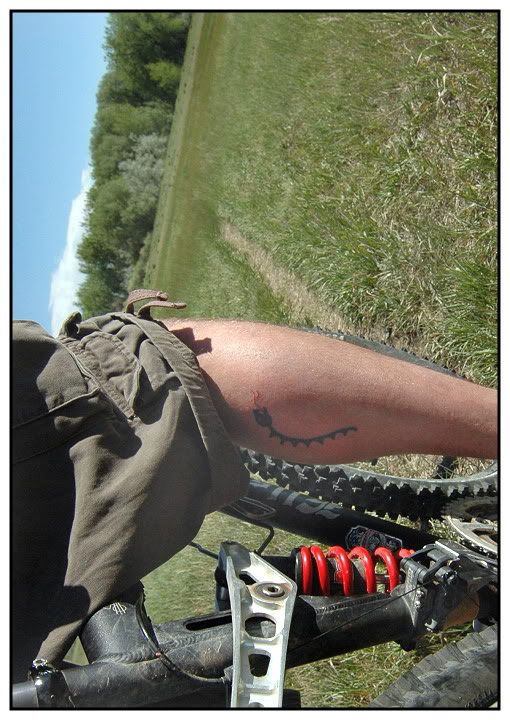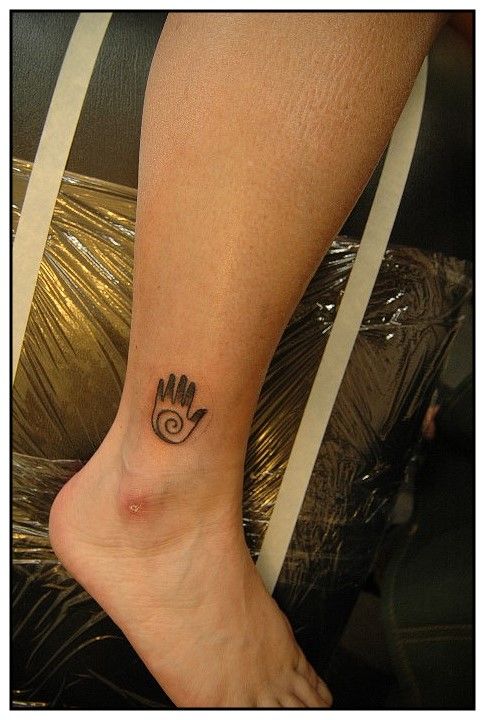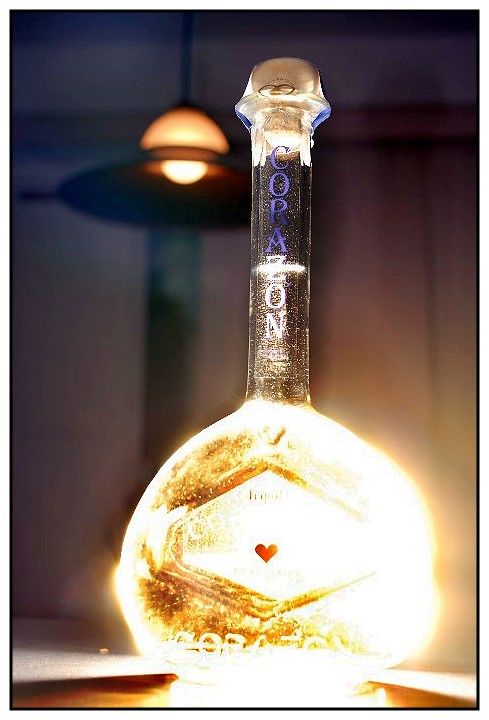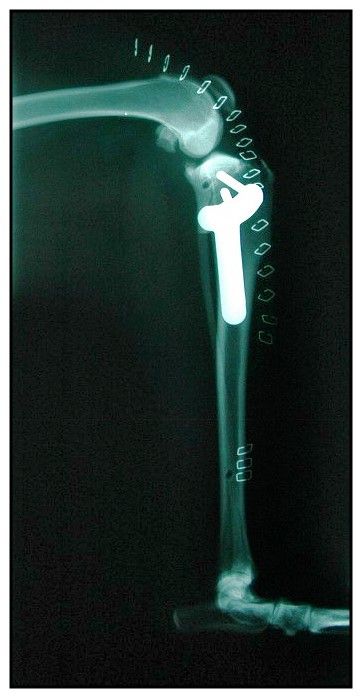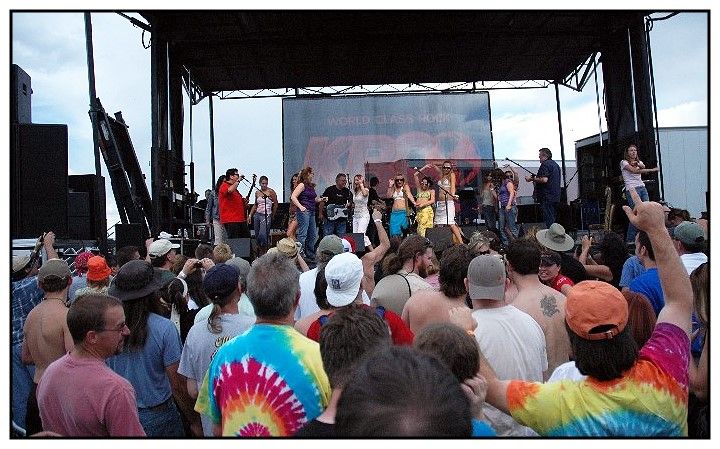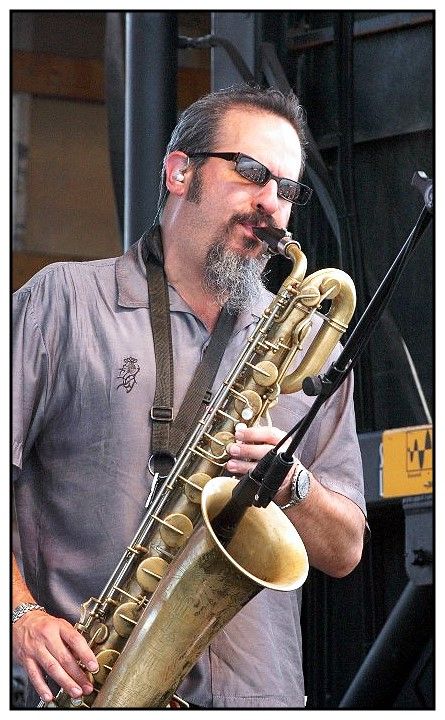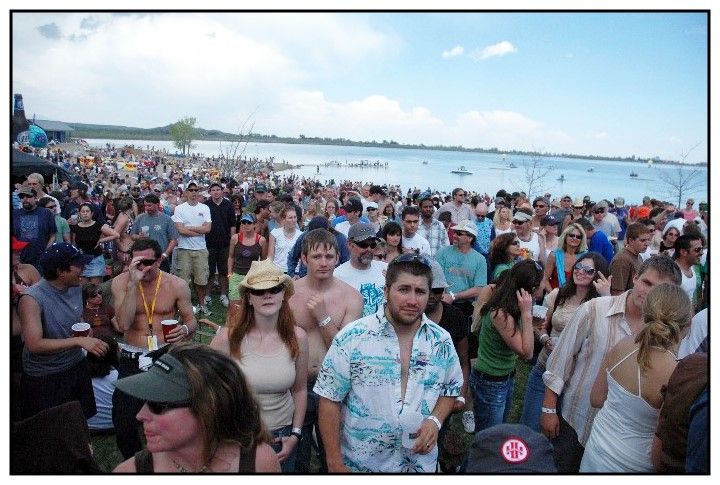Lidar works on the principle that if we send out a short pulse of light, we can look at the scattering of this light (using a telescope) as it propagates away from the transmitter. Since we know the speed of light is 300 million meters per second, we can tell in distance where the light is scattering from how long it takes to be collected by the telescope. Recall when a searchlight is scanning the sky how you can see the beam. Well in a lidar, the telescope is seeing a beam just as you see the searchlight.
The key components of a lidar are:
- A short pulse laser source (pulses less that 1 microsecond).
- A telescope to collect the return light.
- Detectors to detect the light.
- Fast analog-to-digital convertor to sample the detected signal.
- A fast computer to process this signal.
Here is a Lidar recently built at NOAA. This is for measuring Ozone and operates in the Ultraviolet.
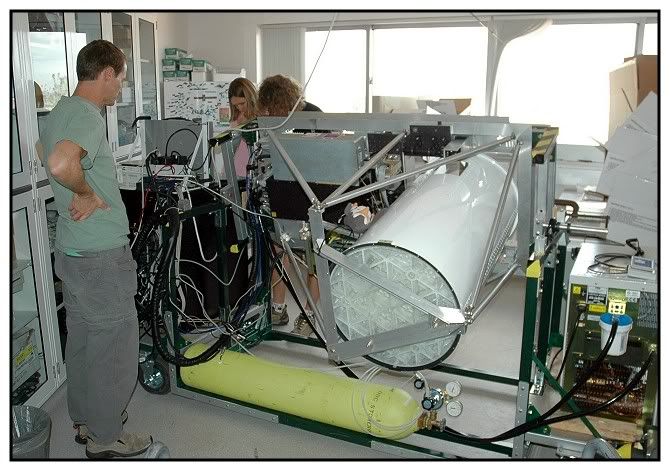
The white tube on the right is a the telescope and the laser is the small silver and black boxes just to the left of it. The large console on the far left with all the cables is te control.
Here is what the signal of a laser pulse looks like as it is received by the telescope.
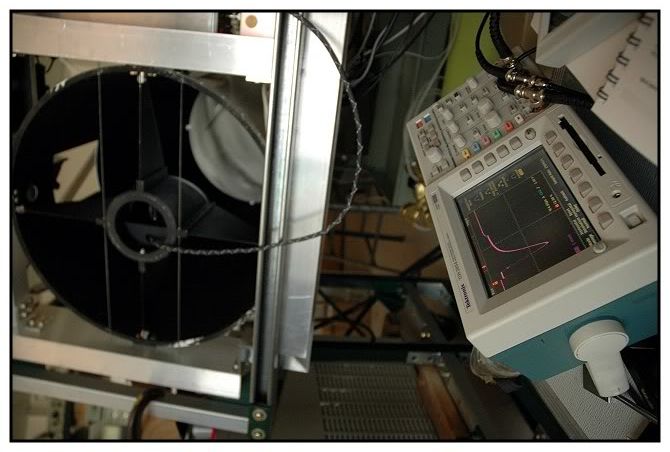
And here is a special detector called a Photomultiplier tube or PMT. Photomultipliers are so sensitive they can detect individual photons. This type of detector is necessary due to the small amount of light returning from the atmosphere.
